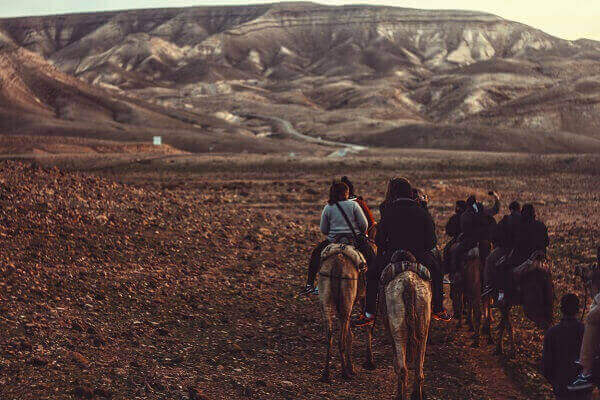It does not matter how long you are going to be spending in the wild, you need to make sure that you are prepared. Even a 2-hour walk can turn into a dangerous situation if you are caught in bad weather with the wrong equipment or if you get lost or someone gets hurt.
Go to the wild by planning your trip properly that helps to minimize the problems that you will face and will help you to deal with them more efficiently if they do arise.
Follow these tips if you are ready to go to the wild
Local knowledge
 Once you know where you are going to go make sure that you learn as much as possible about the area. What this will depend, to a certain extent, on the type of wilderness you will be visiting.
Once you know where you are going to go make sure that you learn as much as possible about the area. What this will depend, to a certain extent, on the type of wilderness you will be visiting.
If you are going to be near the sea you should check tide tables, if you are going into the mountains check avalanche warnings.
For all trips, you should make sure that you have access to as detailed a map as possible and guidebooks if they are available. If possible you should speak with local park rangers or the local police/fire station to get up to the minute local knowledge.
Registering your trip
Always check weather reports before you leave and always register your trip with someone. In some locations, particularly National Parks you will be required to register your departure and expected the time of return with the park office. If this is not the case, let a family member or friend know when you are going and when you expect to return.
This means that if you are not back within a reasonable time frame someone is able to sound an alert and get rescue services searching for you. If you are planning to be out for some days you should leave details of your planned route and projected camping spots so that you can be located if necessary. When planning your route the following timings are generally accurate for fit groups of walkers:
- A normal group will walk at a speed of 3mph
- When climbing add 30 minutes for every 1,000 ft ascent
- When walking downhill add 10 minutes for every 1,000 ft descended on steep
slopes and deduct 10 minutes for every 1,000 ft descended on gentle slopes. Your route plan should schedule short breaks at appropriate points (after a difficult ascent for example) in order to allow for recovery and for a navigational check. Do not make the breaks too long or you will find it difficult to start walking again.

Group dynamics
If you are walking in a group you should make sure that all members have basic navigation skills and are aware of where they are at any time. This means that if the leader is injured there are other people in the group who are able to take over and plan a safe exit.
A group should always aim to walk at the pace that is comfortable for the slowest member. If faster group members are having difficulties keeping to this pace or a slower person is falling behind consider giving them the map.

Leave a Reply